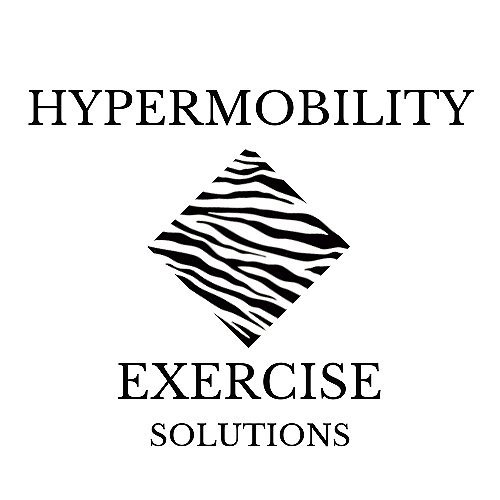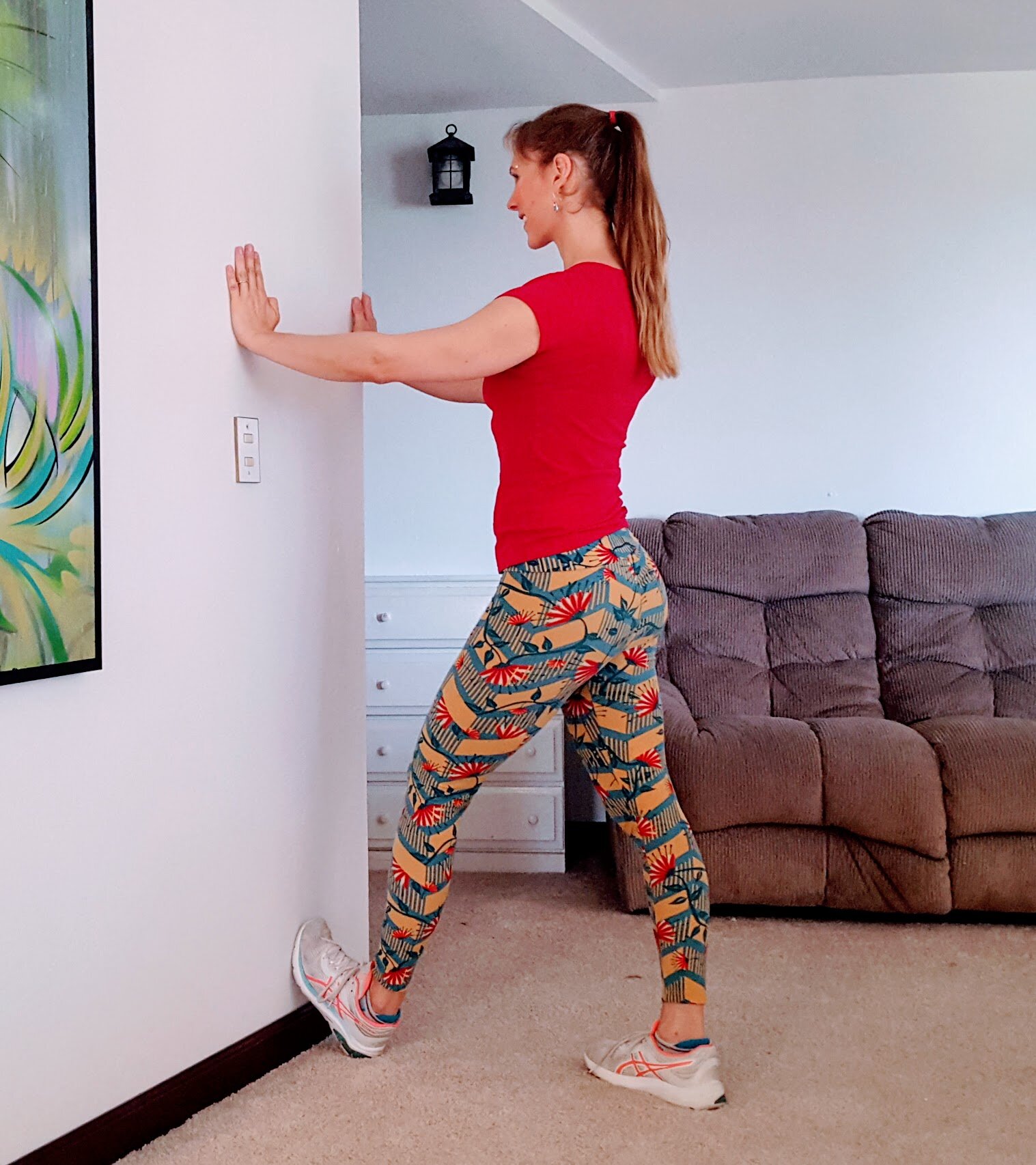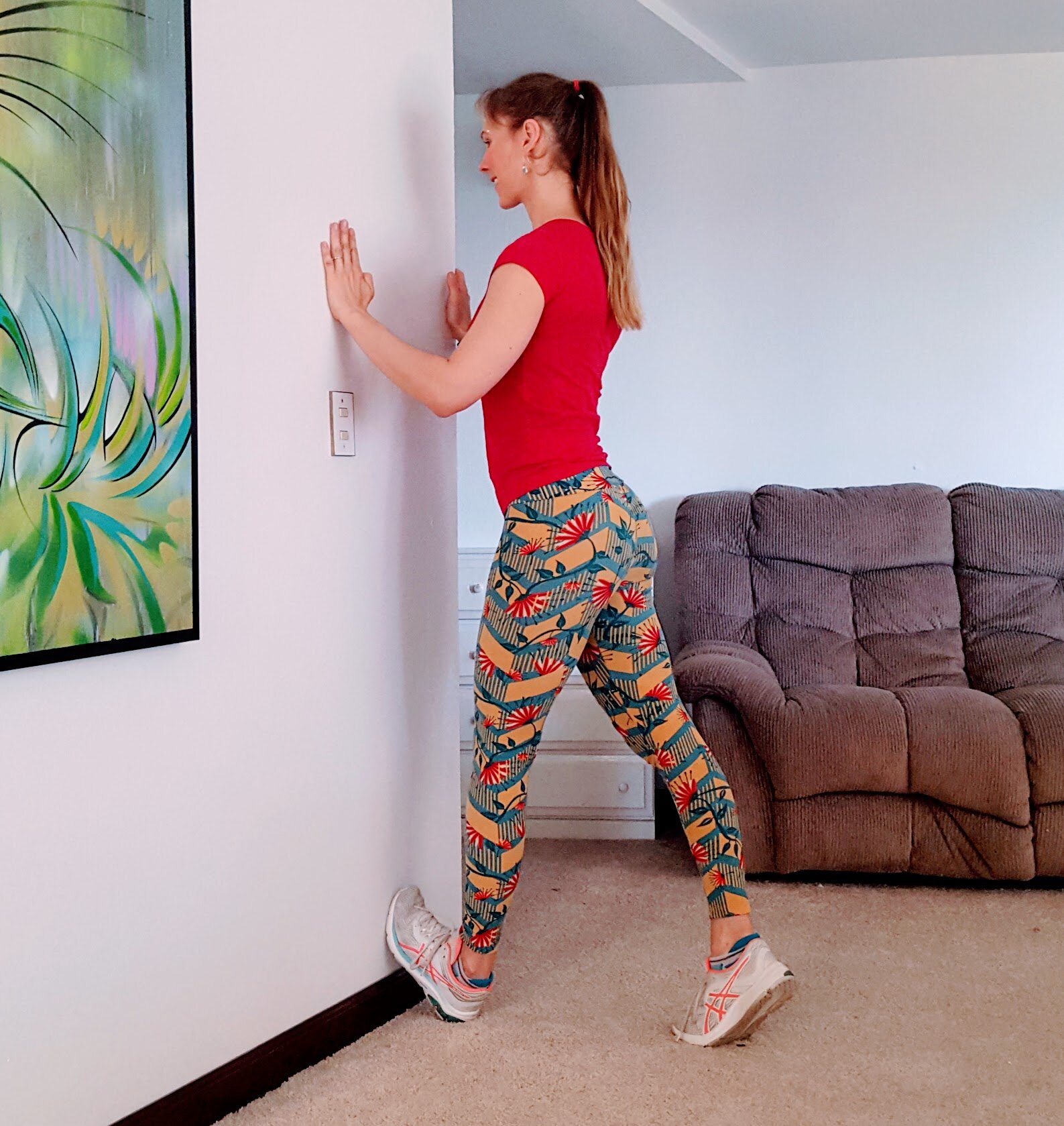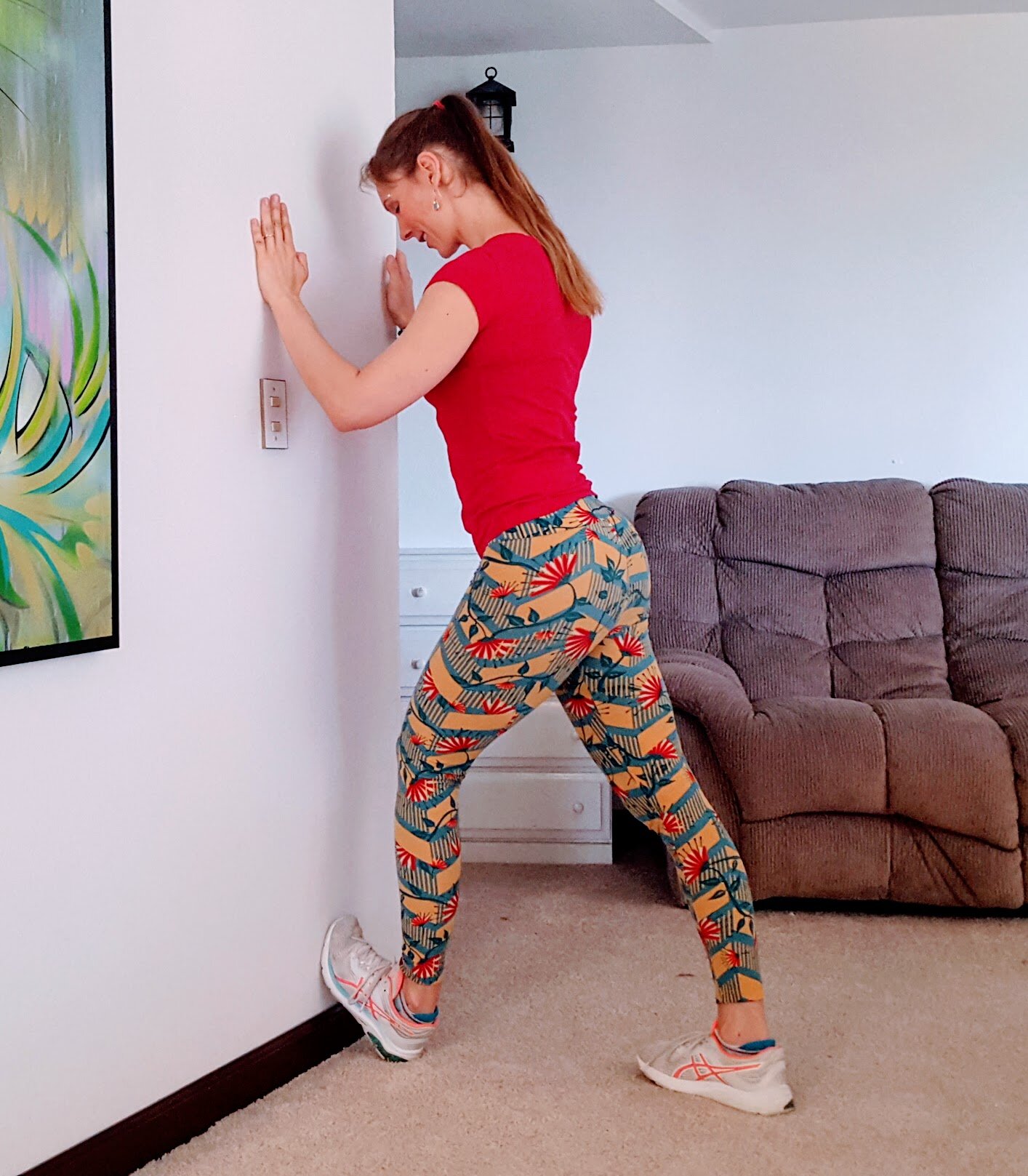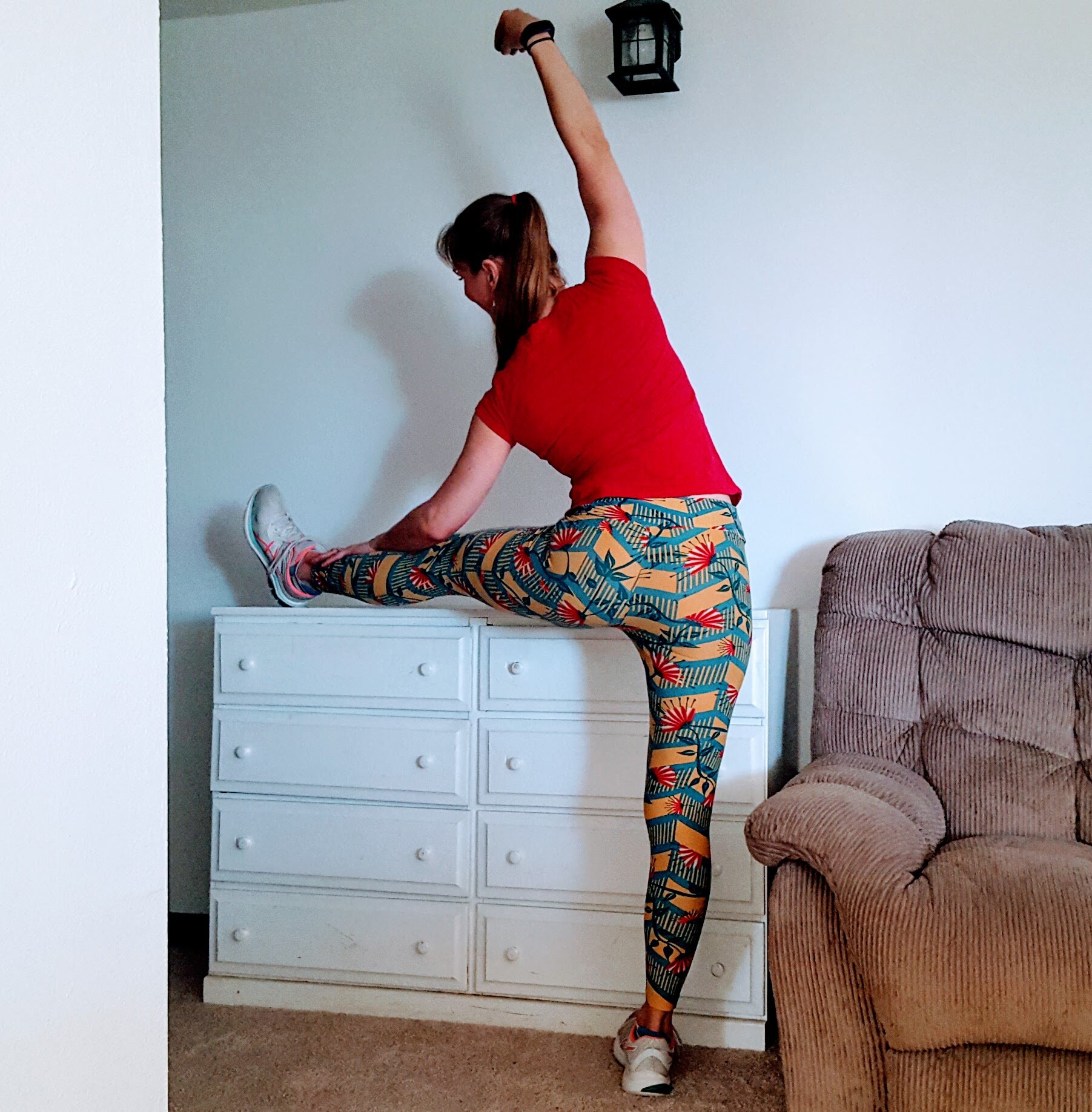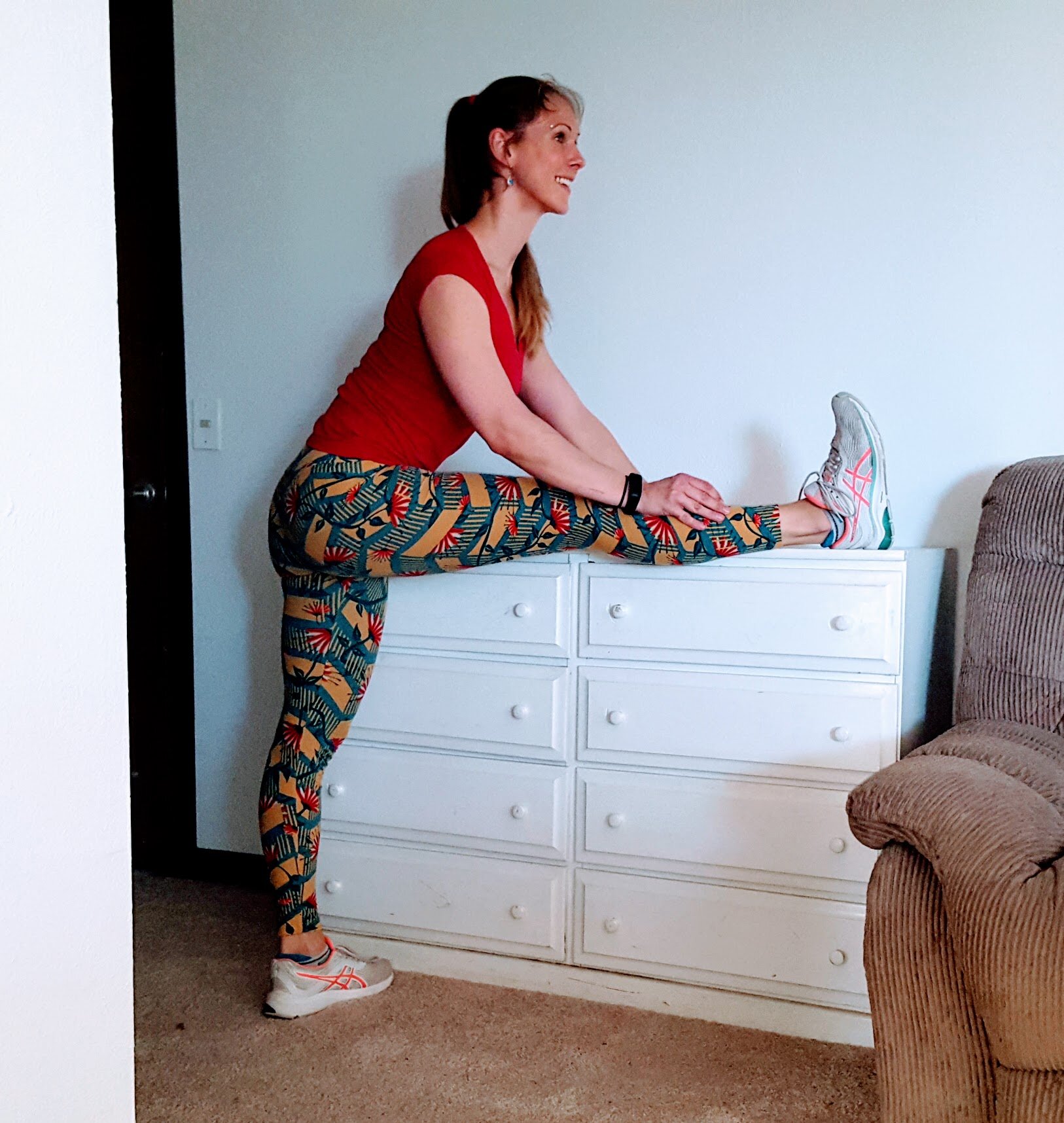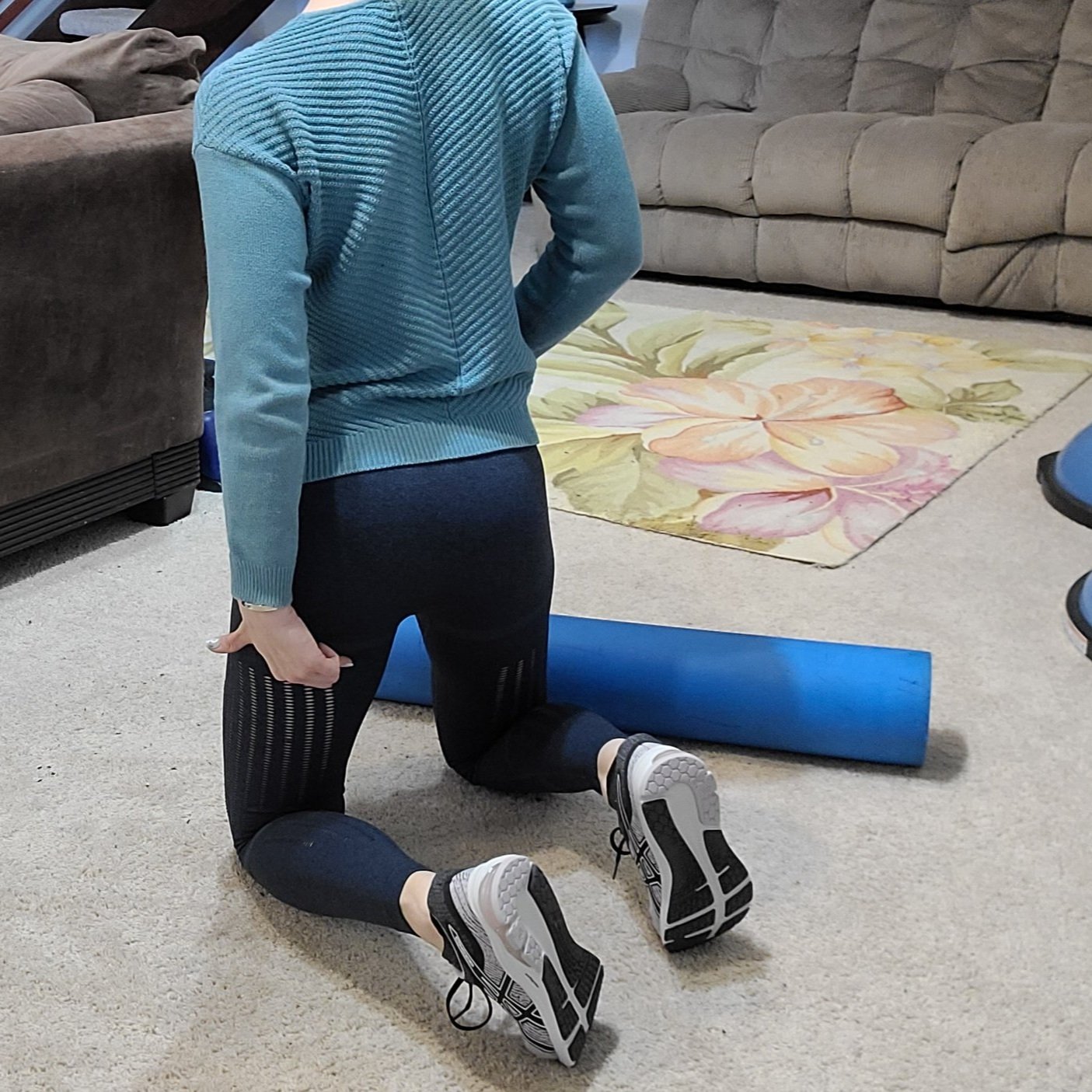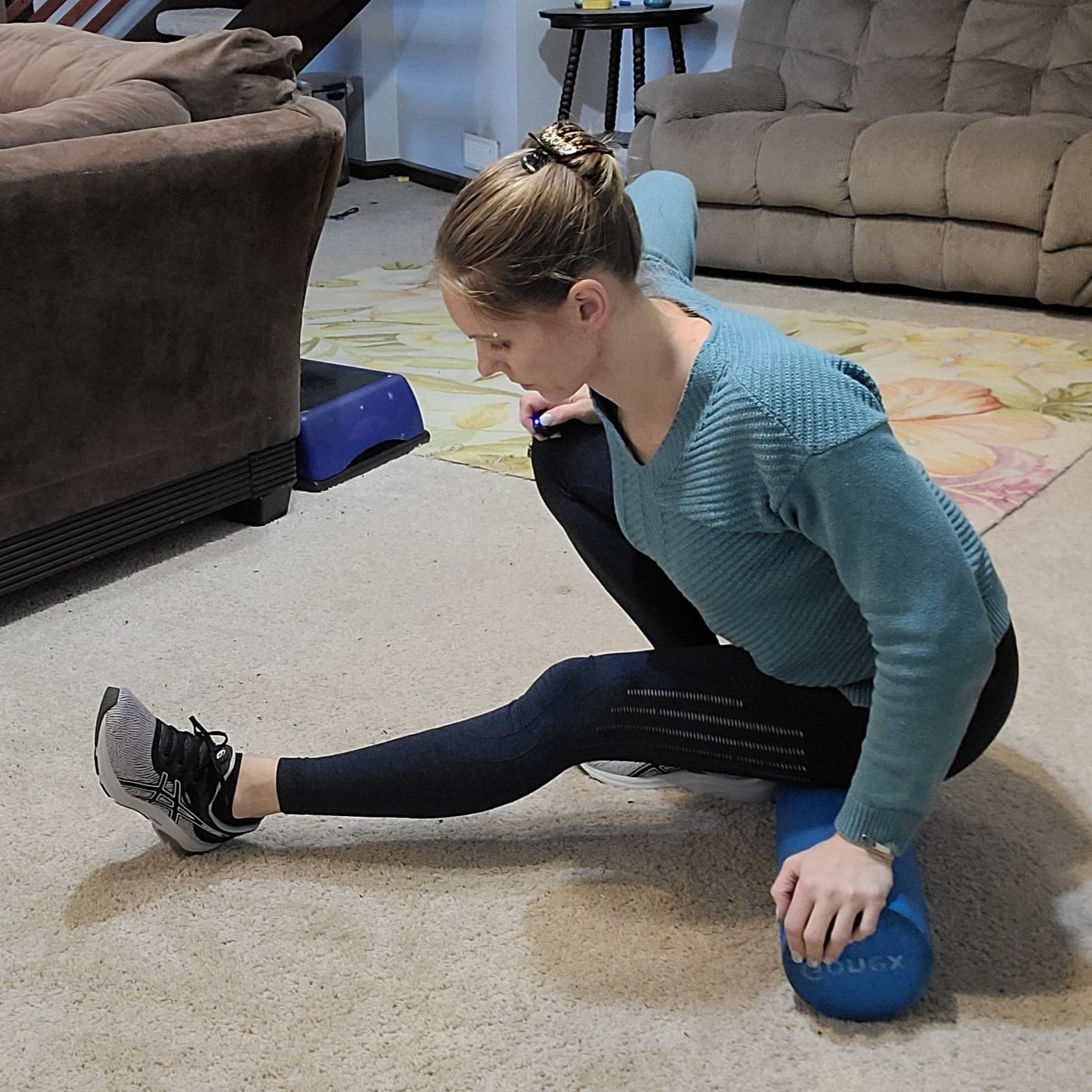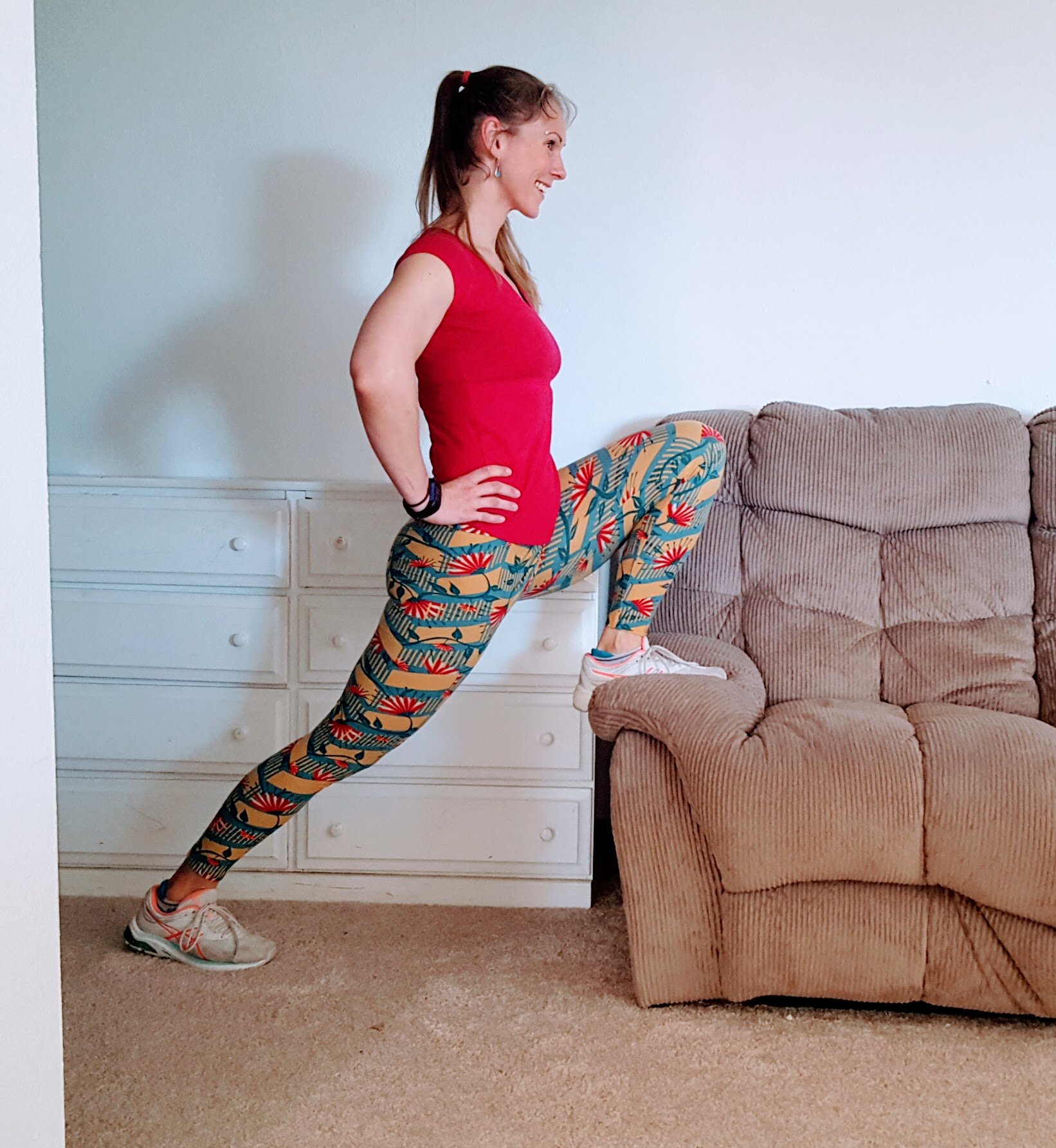Your Guide to Stretching at Home
For whatever reason, if you find yourself stuck at home and out of your regular routine, you may also find your muscles get sore too. Sitting for too long on a couch or chair may make you feel achy and stiff. These stretching exercises at home give you the same relief you find at your gym, but utilize things you commonly find in your household instead.
Tips for Stretching at Home
The number one tip for stretching at home is to actually build in time to do it.
If you’re working from home, get up from your desk every 90 minutes or so and stretch. Your kitchen table isn’t like your ergonomic work desk. It’s easy to develop postural imbalances that lead to things like lower back pain or coat hanger pain. Even just a couple of stretches for a few minutes can help your muscles stay loose and happy.
Take advantage of your surroundings. Use doorways, stairwells, coffee tables, and chair arms to get a good stretch. Don’t just focus on one area, instead, opt to stretch your entire body out throughout the day.
Looking for Safe Hypermobility Stretching?
Stretching can be safe for those with HSD/EDS or generalized hypermobility. However, it’s important to make sure you are targeting the muscle and not the connective tissue. Static stretching may or may not be appropriate for your body. Foam Roller stretches tend to be safer and carry less risk of injury or worsening of tightness.
Often people with hypermobility spectrum disorders or generalized joint hypermobility have hypertonic muscles. Because the joints tend to be looser, the muscles typically are working overtime to hold everything together, which can lead to the over-tightening of muscles, even with loose joints. These joints are generally described as unstable.
Every joint is acted on by multiple muscles, often in pairs. When you stretch a muscle on one side of the joint, it is important to strengthen the muscle on the opposite side. This will help prevent the rebound effect often experienced when the muscles feel even more tight and more painful after a stretch session. Not sure where to start? Try these postural exercises for reducing back pain.
Stretching Exercises at Home that You Can Try
These stretching exercises at home enable you to relieve that pesky tight muscle pain. When you get stiff from sitting or slouching, you start to pull at other muscles. The same thing goes for standing too long. These tightened muscles slowly pull other muscles and cause additional pain. Try these at-home stretching exercises to keep you feeling flexible and fabulous.
Stretch Your Chest
When you slouch, your shoulders relax and your chest caves inwards. Give your pectoral chest muscles a nice stretch. Using a door frame, put your arm in a cactus position (a 90-degree bend at your elbow with your upper arm coming out straight).
Next, place the palm of your hand and your forearm on the door frame. Take a step forward and feel this stretch in your chest. Hold for 30 seconds then repeat on the other side.
Use Your Foam Roller
Buy a foam roller to really relax your muscles. Before you get started, be sure to understand the basics of foam rolling. Next, use your foam roller to hit typically over-tight muscles groups. Foam roll your back (use proper technique), legs, and even your arms.
Stretch Your Calves
Prop your foot up on a wall to stretch your calves. Extend your leg straight out with the ball of your foot on the wall and your heel firmly on the ground in front of the wall. Stand on a landing just below the stair (you can raise up a few stairs to stretch your hamstrings too). Gently lean your hips forward and keep your leg fairly straight to stretch your gastrocnemius (the big calf muscle that gives it its shape), then bend your knee in to stretch the soleus (the deeper calf muscle). Hold for 30 seconds, then repeat on the other side.
Stretching Exercises at Home for Your Hamstrings
A great way to stretch those hammies is to put your heel up on a counter or dresser. Keep your knee a little bent and try not to lock it out. Press your chest towards your knee and try to keep your back straight. To get a bonus lat stretch, reach your opposite hand up to the ceiling, then lean over towards your lifted foot to feel a stretch in between your ribs.
Hypermobility Tight Hamstring Stretches
I see hypertonic and chronically tight hamstrings all the time with my hypermobile clients. I find that hamstrings respond the best to foam roller compression stretching as opposed to the above dresser stretch. This allows the muscles to relax more efficiently through Autogenic Inhibition, a reflex that relaxes muscles when they are over-active. The above dresser stretch can cause the ligaments and tendons in the hip and knee to become too loose, which can cause the hamstrings to tighten up more in response. Unsure if you have tight hamstrings due to hypermobility? If your knees have a tendency to lock out slightly hyperextended, you very well might.
To roll out your tight hammies, sit on the foam roller and stretch out one leg while pulling the other foot in pretty close to you. The first picture shows you where you are aiming for on your hamstring. Roll halfway down the back of your leg and lean forward. Once you find the sweet spot, aka, the uncomfortable spot, make sure you breathe and count to 30 or 60. There is no need to roll the muscle with this technique and rolling may actually prevent the autogenic inhibition reflex from kicking in.
Counter Hip Flexor Stretches
Opening your hips does wonders to prevent both back and knee pain. Place your foot up on the front edge or on top of a chair or counter, depending on your flexibility. (Shown left) You can place your hands on the counter or your hips for balance and lean your hips forward towards the chair or counter. Make sure you are using a sturdy object that won’t shift under your weight.
Another stretch that uses your countertops (Shown right). Facing away from the counter, bend your knee and place the top of your foot where your toes meet your foot (the base of your laces) on the counter. Be sure to keep enough space from the counter that you don’t lose your balance (you can use a wall or object for balance assistance), but close enough to feel the stretch. Your thighs should be parallel. Press both hips forward to feel a stretch along your hip flexors of the leg that is on the counter. You should not have to bend your standing knee to feel the stretch. Tuck your tailbone under as you press your hips forward to deepen the stretch.
Easy At-Home Yoga Poses You Can Do Daily
You don’t need to be a professional yogini to do some simple at-home stretching. These beginner yoga poses are excellent ways to get a good stretch. A few to try are:
Happy baby (back, hips): Lay on your back and bend your knees towards you. With your knees bent at 90-degrees reach for the outside of your foot. Gently rock back and forth.
Sphinx Pose (chest): Lie on your stomach with your legs straight. Places your arms at your head with a bend in your elbows. Press upwards, pushing your shoulder blades into your back pocket and keeping your chest open.
Child Pose (back): After the sphinx pose, relax your back muscles with child’s pose. Bend your knees and sit on your heels. Widen your knees and bend forward, trying to press your chest to the floor. Put your arms out in front of you and reach, continuing to press your body towards the floor to really open up this stretch.
Pigeon Pose (hips): sit on the floor and bend one leg in front of you. Push your other leg back to open up your hips. You can either let your body fall forward onto the floor or use your hands to keep your torso upright. Modify the pigeon pose by using a counter, work table or the arm of a couch as shown.
These stretching exercises at home help prevent your muscles from tightening up. Do each of these stretches once a day, holding for 30 seconds to 2 minutes in order to feel muscle relief and relaxation.
